My first passion was not birds but words: I started writing in my twenties, but only discovered birds in my mid-fifties. So maybe it’s not surprising I have a thing about how birds are named. As a novice birder I expected (foolishly) that the common name of a bird would help me identify it – or at least refer to what the bird does, or where it lives. Sometimes that was true. There are some perfectly good descriptive bird names. Chestnut-backed and Black-capped Chickadee come to mind.
Golden-crowned and White-crowned Sparrow also work as descriptors.
Then there’s Yellow-rumped Warbler. How many other birds have that bright yellow rump? And the Red-winged Blackbird. The red epaulet is a dead giveaway – when it’s showing.
In the world of ducks, Barrow’s Goldeneye is helpful since there are no other ducks in BC with yellow eyes – that I know of.
Of course, many common bird names are useful some of the time. Rufous Hummingbird, for example, works, even for females, as long as you pay attention to the plumage on the sides of the female.
Among ducks, Northern Pintail is a helpful name if you’re looking at a male. Then there’s one my favourite seabirds, the Double-crested Cormorant. Again, a useful common name for phalacrocorax auritus IF the bird you’re looking at happens to be a male in breeding season with his nuptial crests showing. But that’s a big IF.
Overhead, Bald Eagles aren’t bald. But at least they look that way from afar because of the white feathered head.
And Turkey Vultures have nothing to do with turkeys. But apparently, the person who came up with this name for cathartes aura thought its bald red face and dark plumage was reminiscent of a wild turkey.
Some names reflect the song or call of the bird. Trumpeter Swan is certainly a good name IF the swan is vocalizing. Unmistakably like a host of tuning-up trumpets. Song Sparrow, though, doesn’t help with identification, since all sparrows have songs, but since the Song Sparrow sings such a lovely tune, I won’t argue the point. It deserves the name.
The majority of common bird names, though, make me shake my head in wonder. Who, for example, decided to call pipilo maculatus a Spotted Towhee? Sure it has spotted wings but so do a zillion other birds. But no others have red eyes! Why not call it a Red-eyed Towhee? Wouldn’t that be more helpful?
And House Finch? Why? What has it got do with houses? And Purple Finch? It’s definitely not purple. Why not call it like it is: Raspberry Finch?
Then there are evocative names, like Magnificent Frigate Bird. These giants of the air that make holidays in Mexico even more lovely, truly are magnificent to watch, both in flight and on a nest during breeding season.
But frigate? Well, there’s a tale there: seems this part of their name comes from the fact that they steal food from the mouths of other birds in the air – like pirates! Okay, I can go with that.
Ancient Murrelet, the small pelagic auk that lives along the west coast of BC and Alaska, has a name that, to me, evokes deep dark mystery. But it’s actually named after its white head plumes. They reminded the German ornithologist who gave this bird its Latin name, Synthliboramphus antiquus, of an old man’s white locks. So not so mysterious after all. Too bad.
In other parts of the world there are even more interesting bird names, names like Red Quetzal and Hudson’s Godwit, and Blue-footed Booby. And oxymoronic names like Greater Pewee and Invisible Rail. And then there’s the Fluffy-Backed Tit Babbler. No comment there.
What about you? What common bird names make you sit up and take notice, or scratch your head, or laugh, maybe?



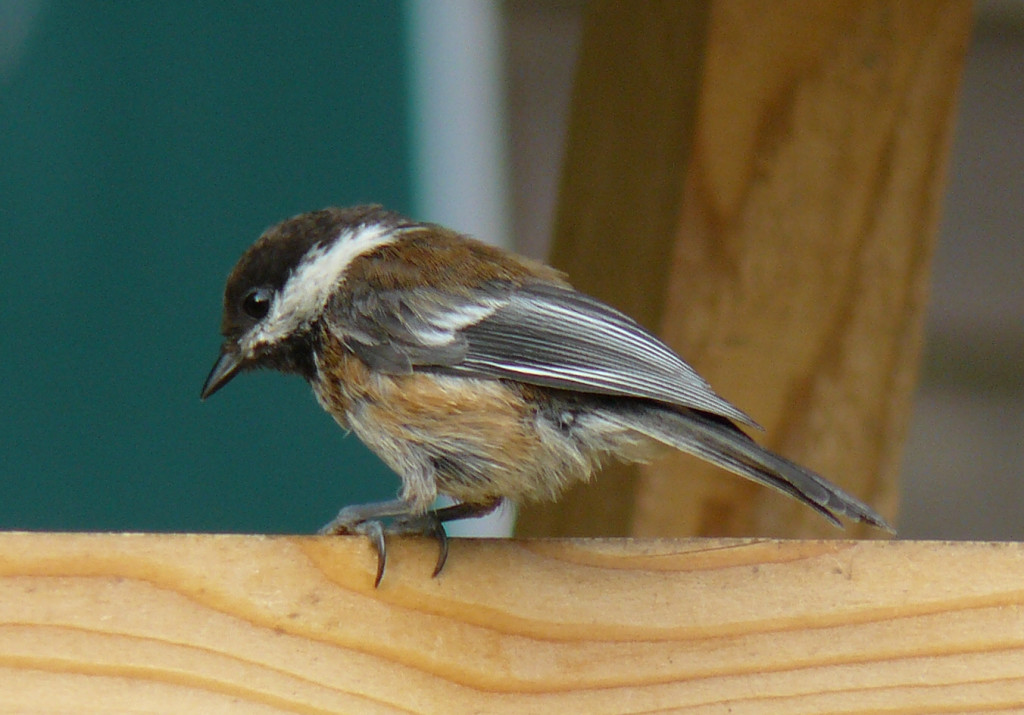
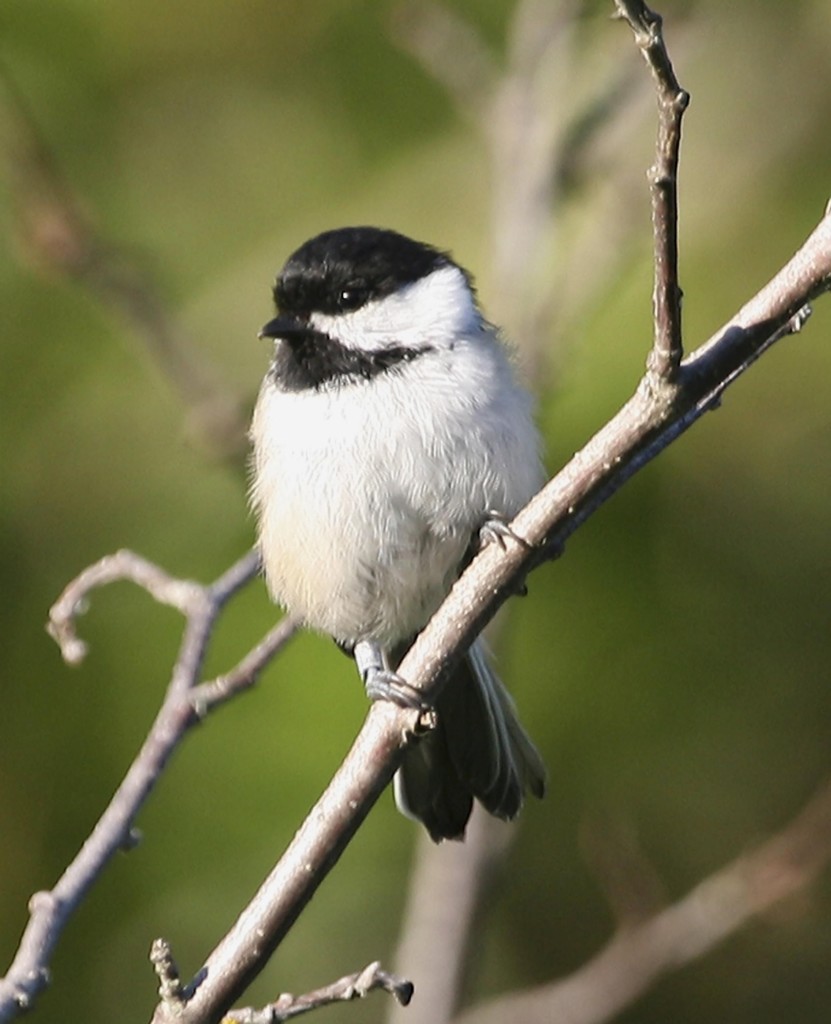
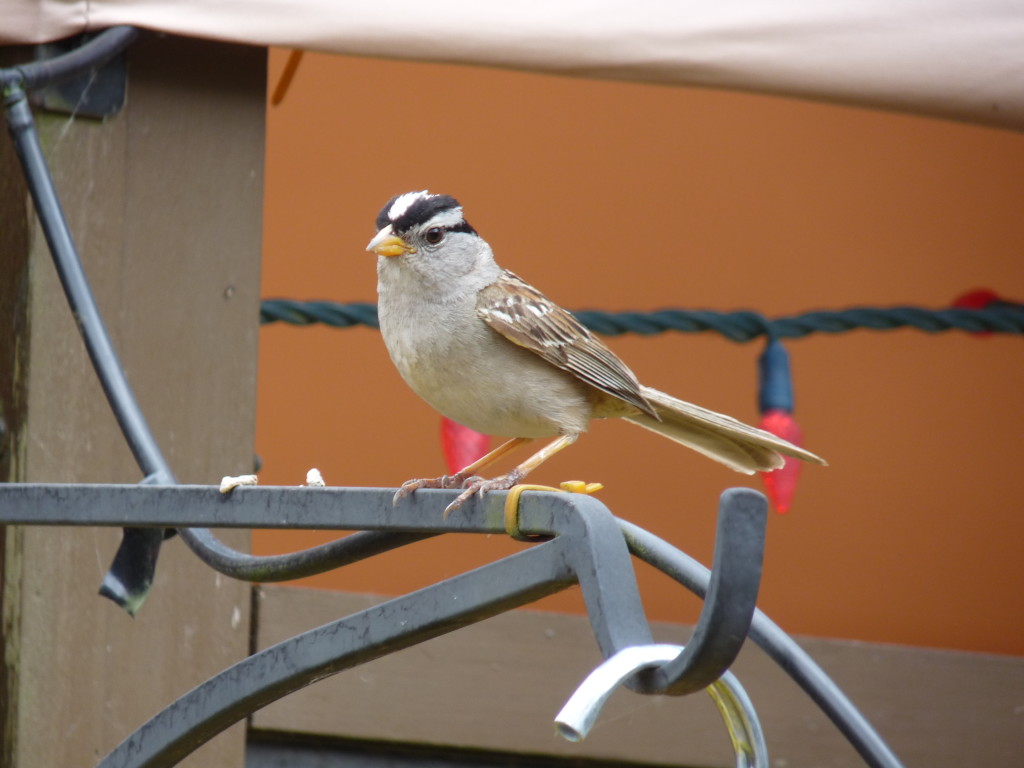
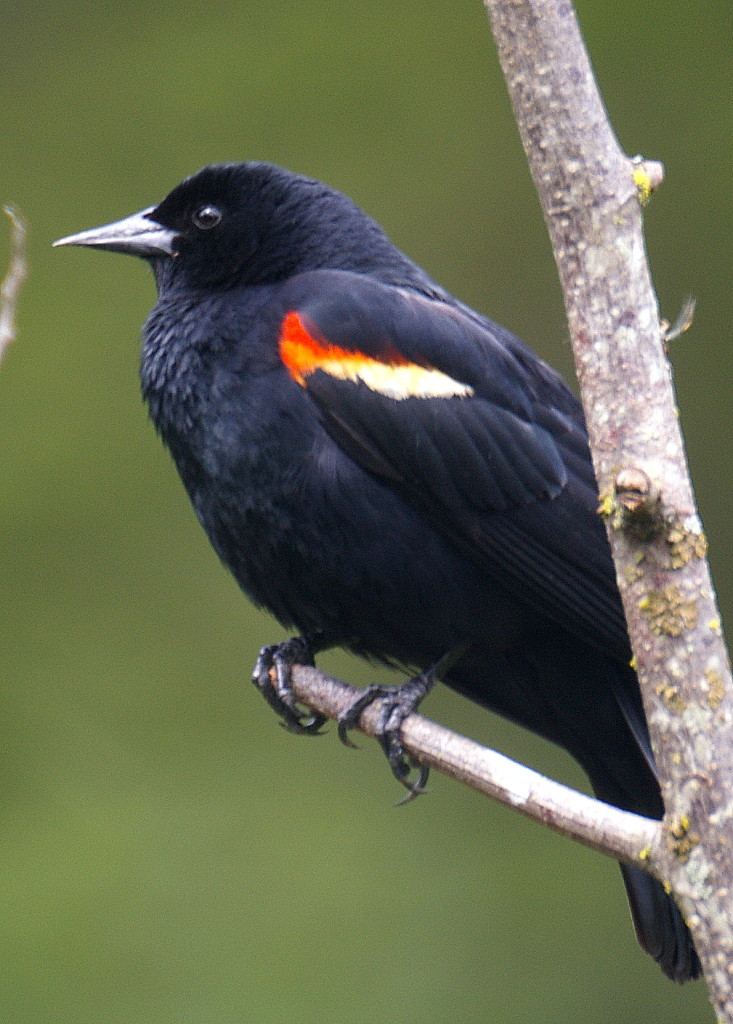
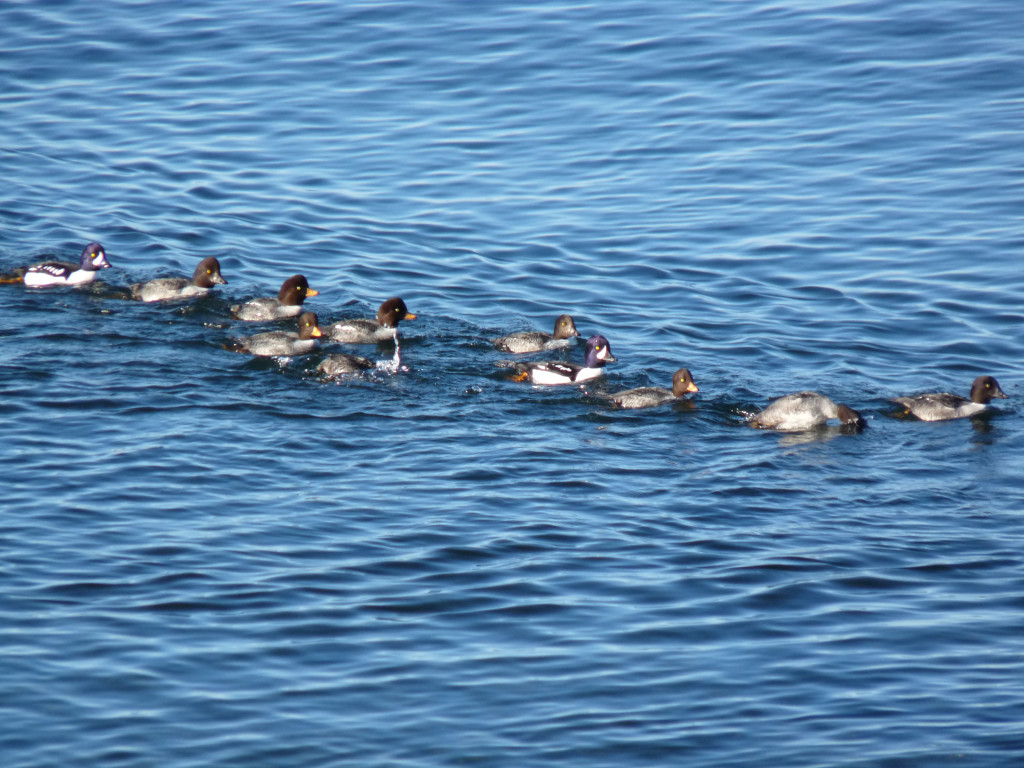
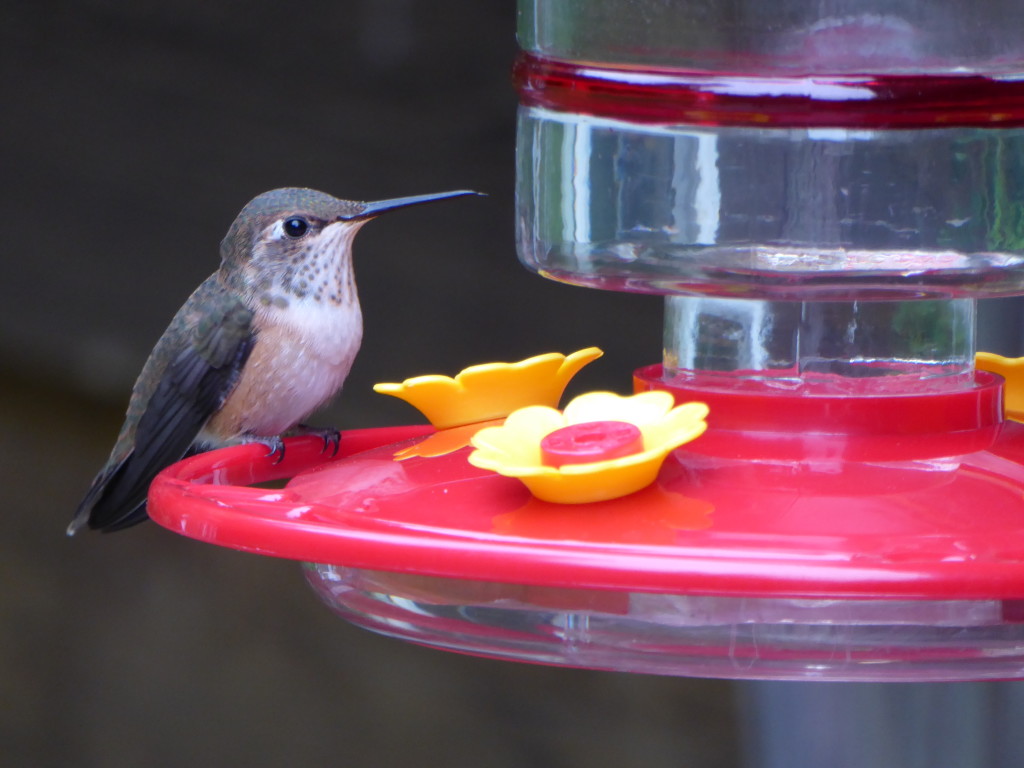
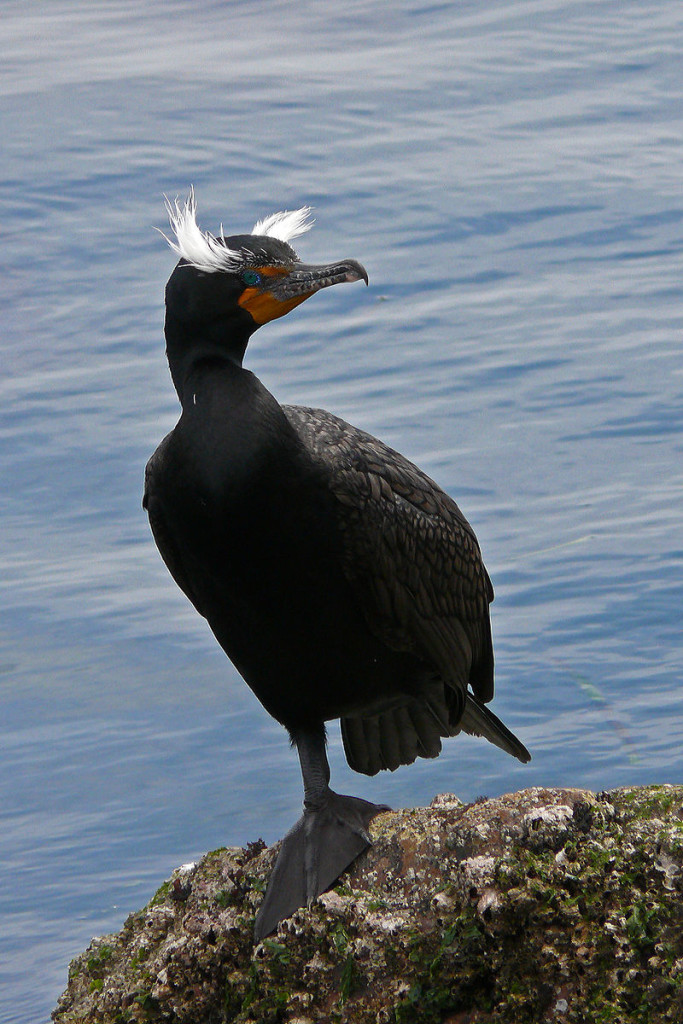
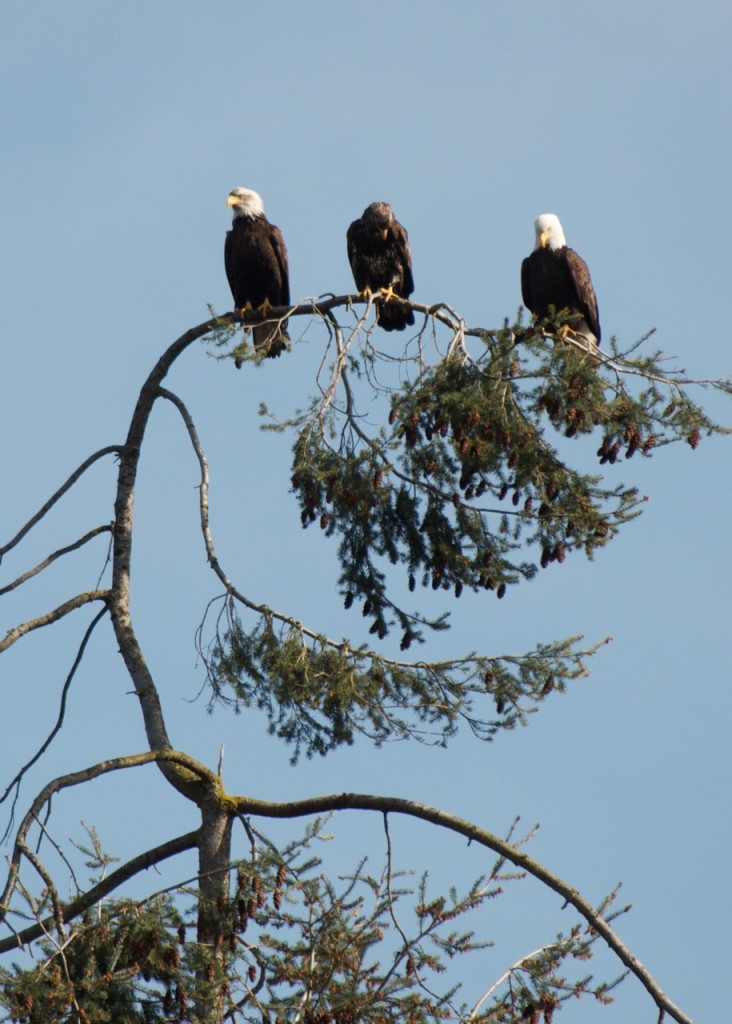
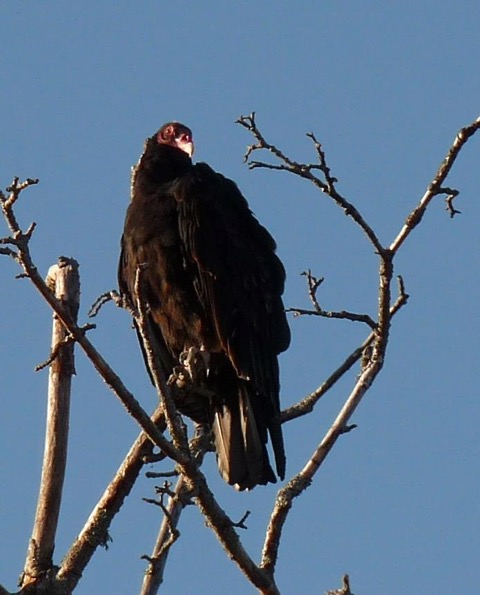
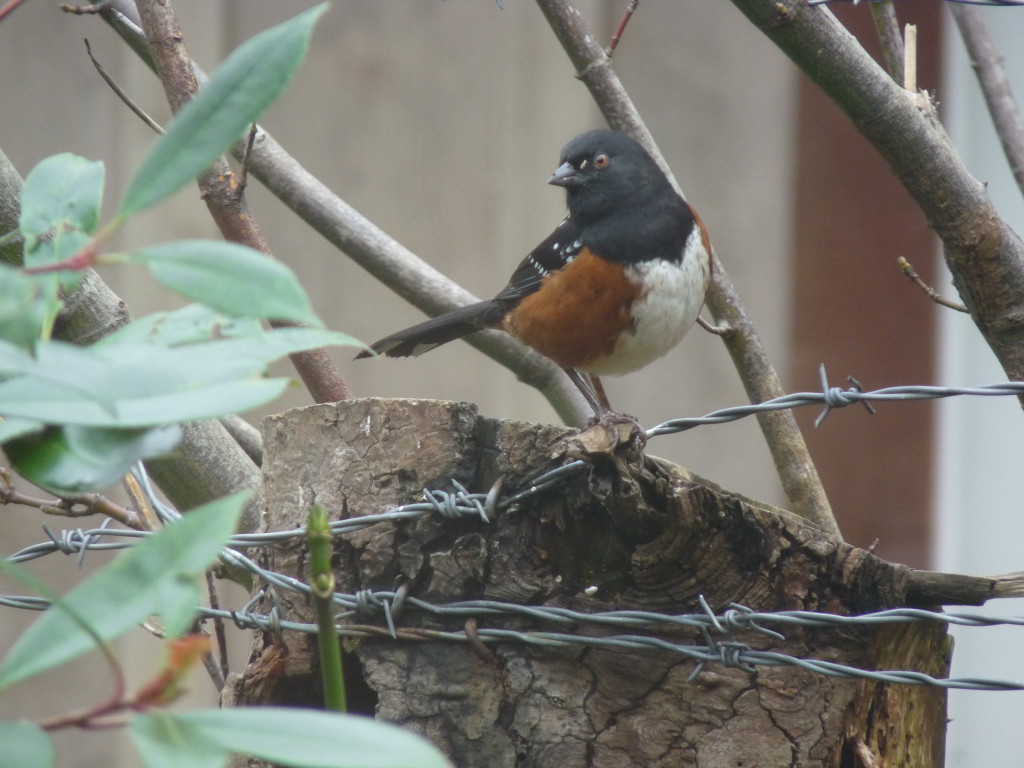
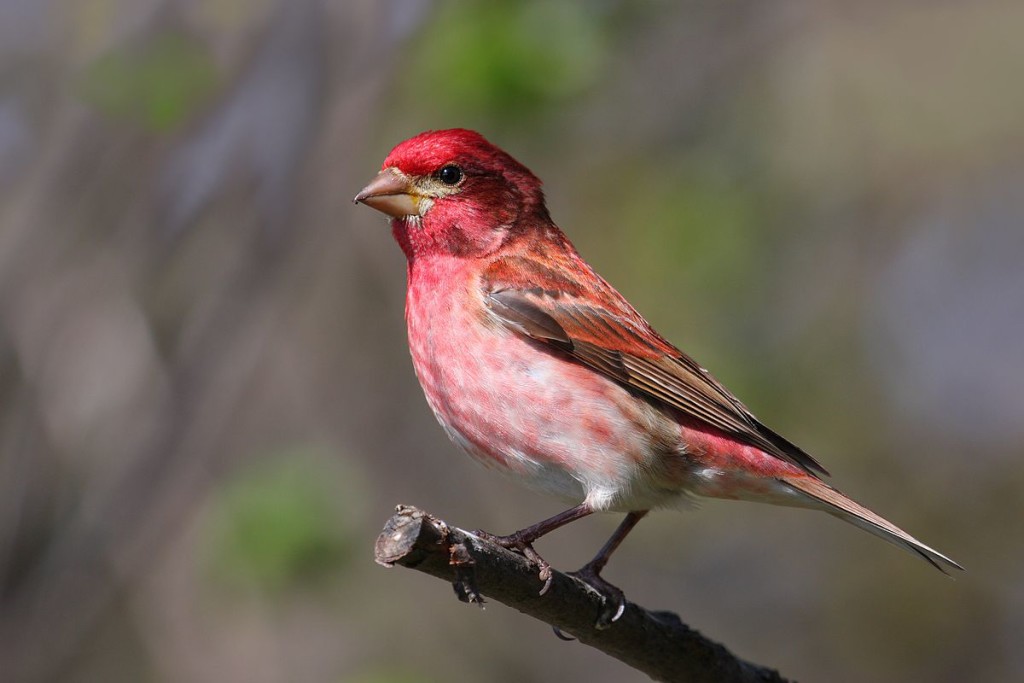
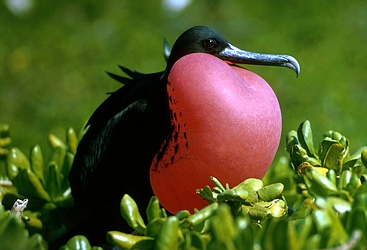
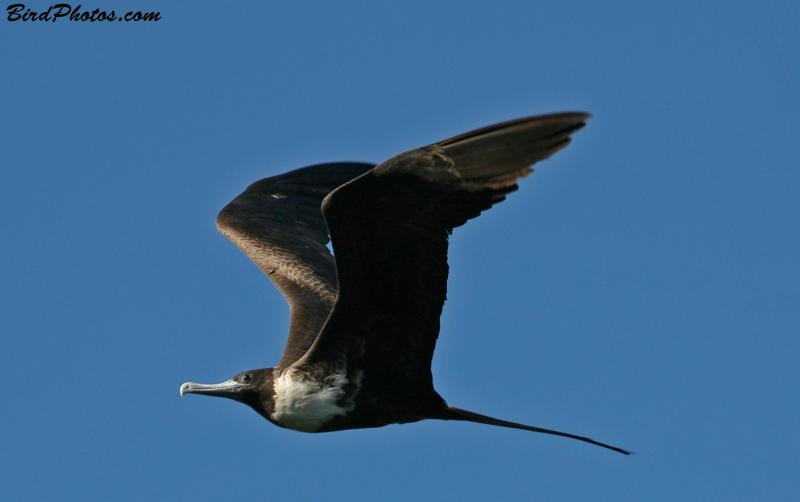
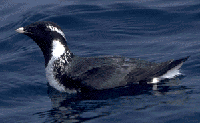
Glad you enjoyed the post Garry. And thanks so much for letting me use your gorgeous RWB photo! … Re juncos, are you familiar with The Junco Project? It’s fascinating.
Very fun blog, Sharon, great pics! It seems to me the Spotted Towhee used to have a different name, but I’m not sure about that, and I’ll have to think some more about your last question. Maybe the Oregon Junco could use an update, there are a lot of them everywhere I go, perhaps the Ubiquitous Junco might be more accurate?
Glad you enjoyed the post Angie. I like the idea of the Canada Warbler being named after a maple tree too!
Interesting and enjoyable blog. 🙂
I heard once that the Canada Warbler got it’s name because it was first seen in a Maple Tree. Not sure how true it is, but I like it!